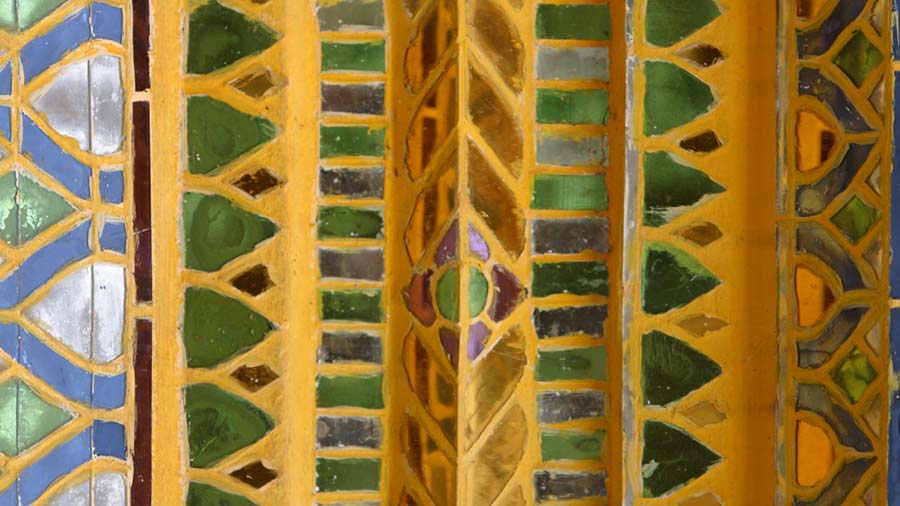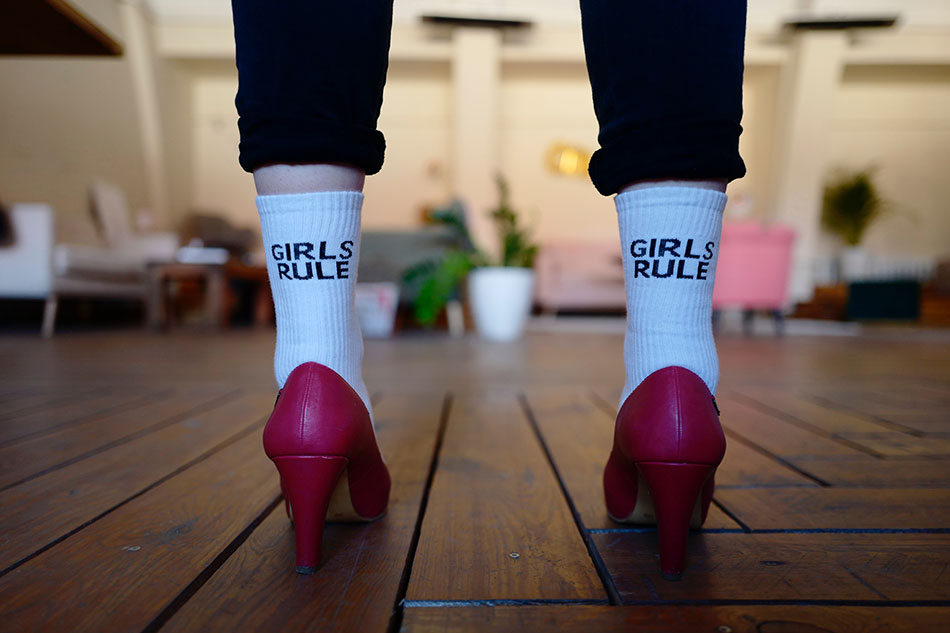Cultural diversity vs multiculturalism

Cultural diversity in an organisation, such as in a school or workplace, represents the various elements of our make up as humans and as individuals. Diversity represents the elements of social identity, such as race, ethnicity, gender, socio-economic class, religious beliefs, languages or dialects, and country of origin. These social identities exhibit our cultural differences, that each culture brings. It is what best describes the uniqueness in every individual.
Multiculturalism, on the other hand, illustrates the different cultural groups that exist within an organisation or a certain location, such as a state or a country. It represents the dynamic cultural and ethnic identities. In itself, ethnic groups are diverse, intricate, and constantly changing. In developed nations, due to the migration of people from other countries, these have become a vivid mixture of various cultures, assimilating different customs, heritage, and traditions. Similar to cultural diversity, multiculturalism represents the divergence across cultures, but in an ideal world, this celebration of difference, ultimately brings unification and convergence.
Cultural Diversity and Multiculturalism is Now and the Future
Given the convergence of different cultures of people, in part due to the movement and relocation to developed countries for educational or economic opportunities among others, this has opened up the chance to practice diversity and welcome multiculturalism. It opened our eyes and minds to embracing our differences and looking at these differences in an encouraging and positive light.
Cultural diversity and multiculturalism did not start perfectly as it should have, though. We recall how people with different skin colour, beliefs or ethnicity were severely discriminated against, worse, history has shown how years of slavery, abuse and oppression have defined beliefs and prejudices towards other nationalities or culture. Sadly, we still see and witness how racism and bigotry remains prevalent at this time and age. Despite diversity and multiculturalism basically everywhere, some still cling and hold on to cultural partiality and preconceptions. We see in the news a steady increase in racial or social violence against specific ethnicities, religious beliefs, gender or gender preferences.
Nevertheless, in the same vein, we have seen how changes in time also brought openness and an intense call for equality. We see how socially responsible companies have made employment opportunities available to people of any appropriate age, nationality, marital status, gender or gender preference, physical disposition or disability, religious affiliation, and the like. This provides a good example of how diversity and multiculturalism can co-exist and normalise and encourage fairness and egalitarianism.
Cultural diversity in organisations, provides us the opportunity to learn from other cultures, which then leads to understanding each other despite differences and disparities. It leads to unifying instead of dividing, convergence coming from divergence. Diversity in the workplace has to be managed in order for it to become effective. Rather than avoiding it, it intentionally has to be made into a key advantage, a useful asset for productivity and efficiency.
To know more about how to make cultural diversity and multiculturalism, Carrie Benedet can provide insights given her expertise on this subject. You may reach out to her here.






Responses